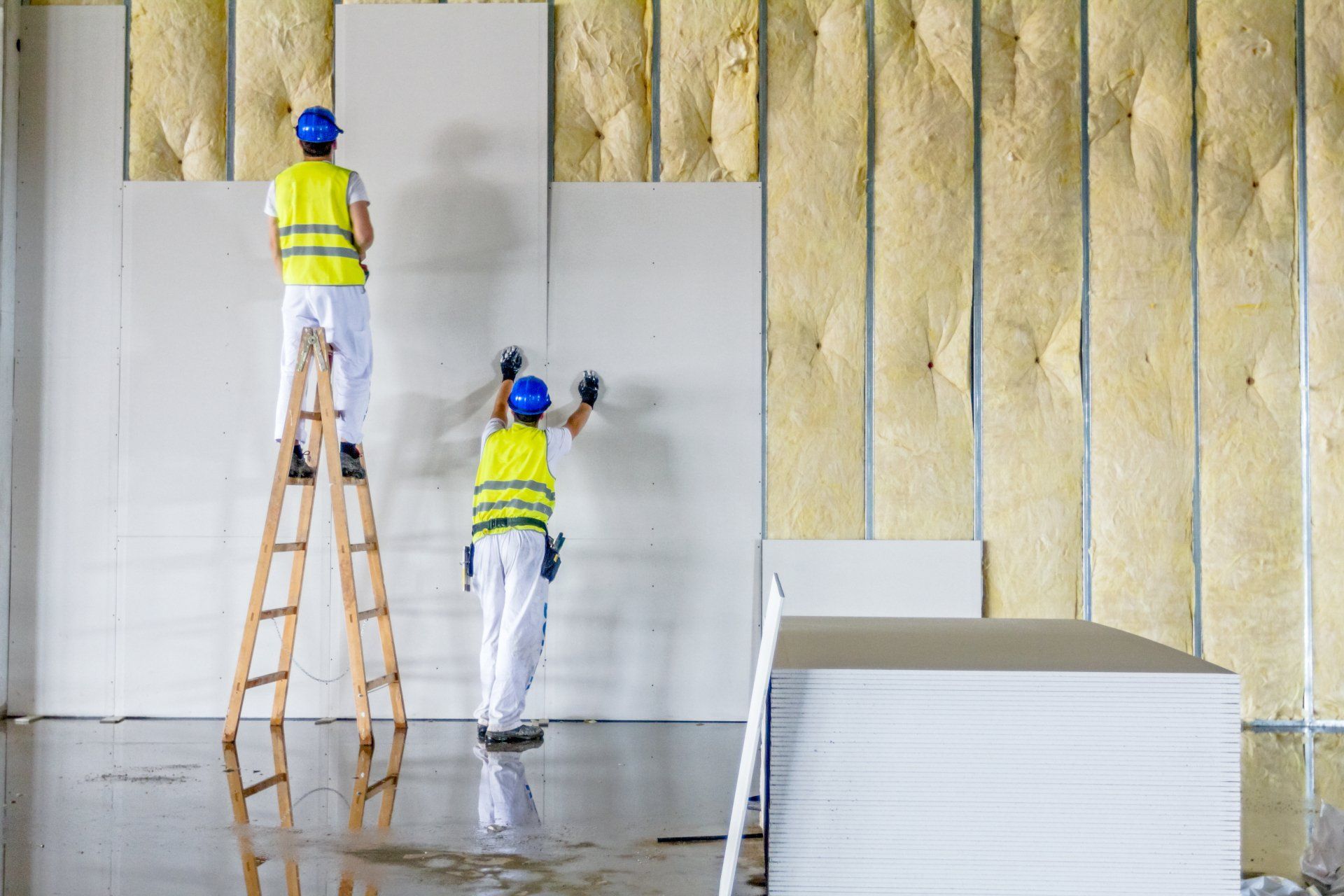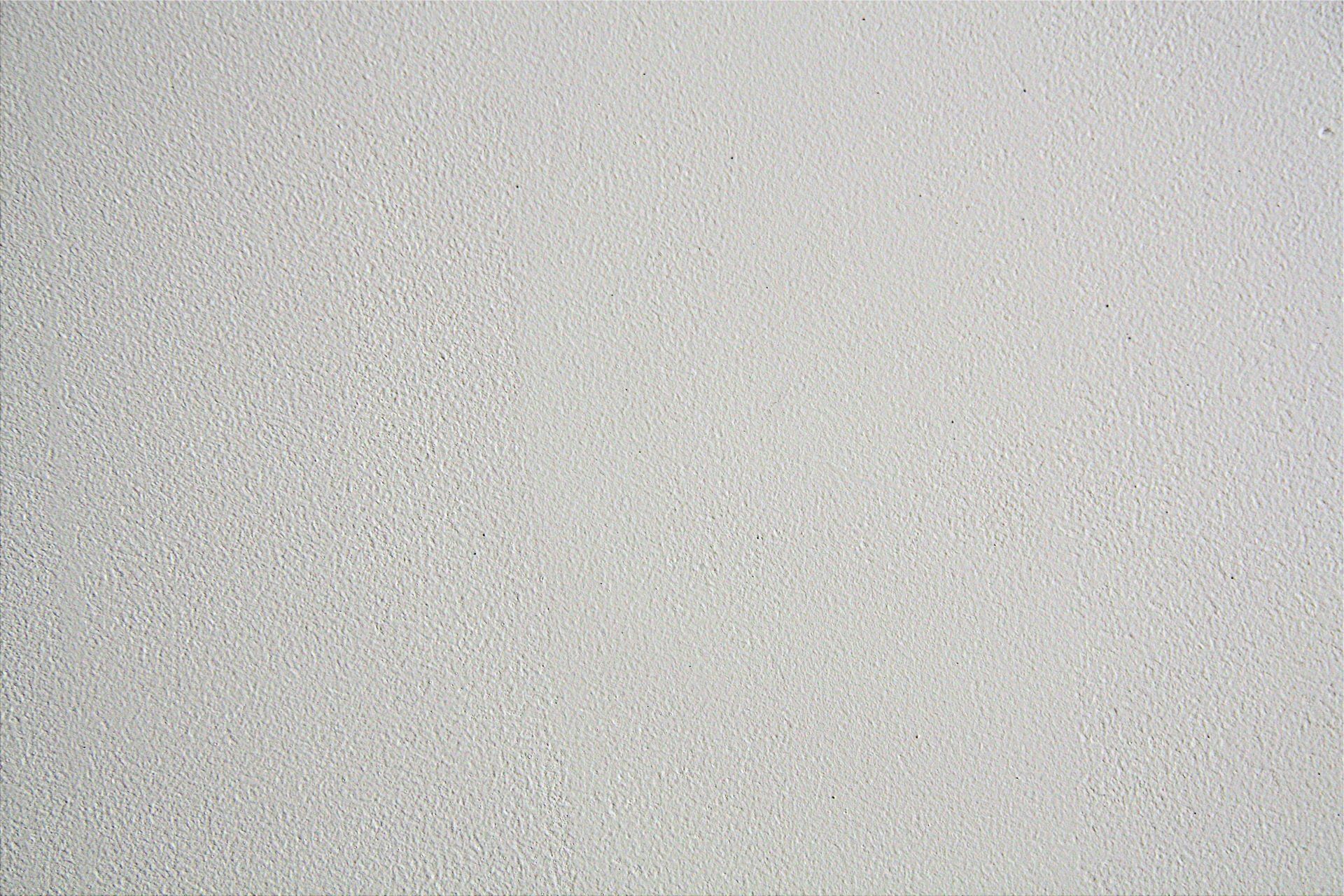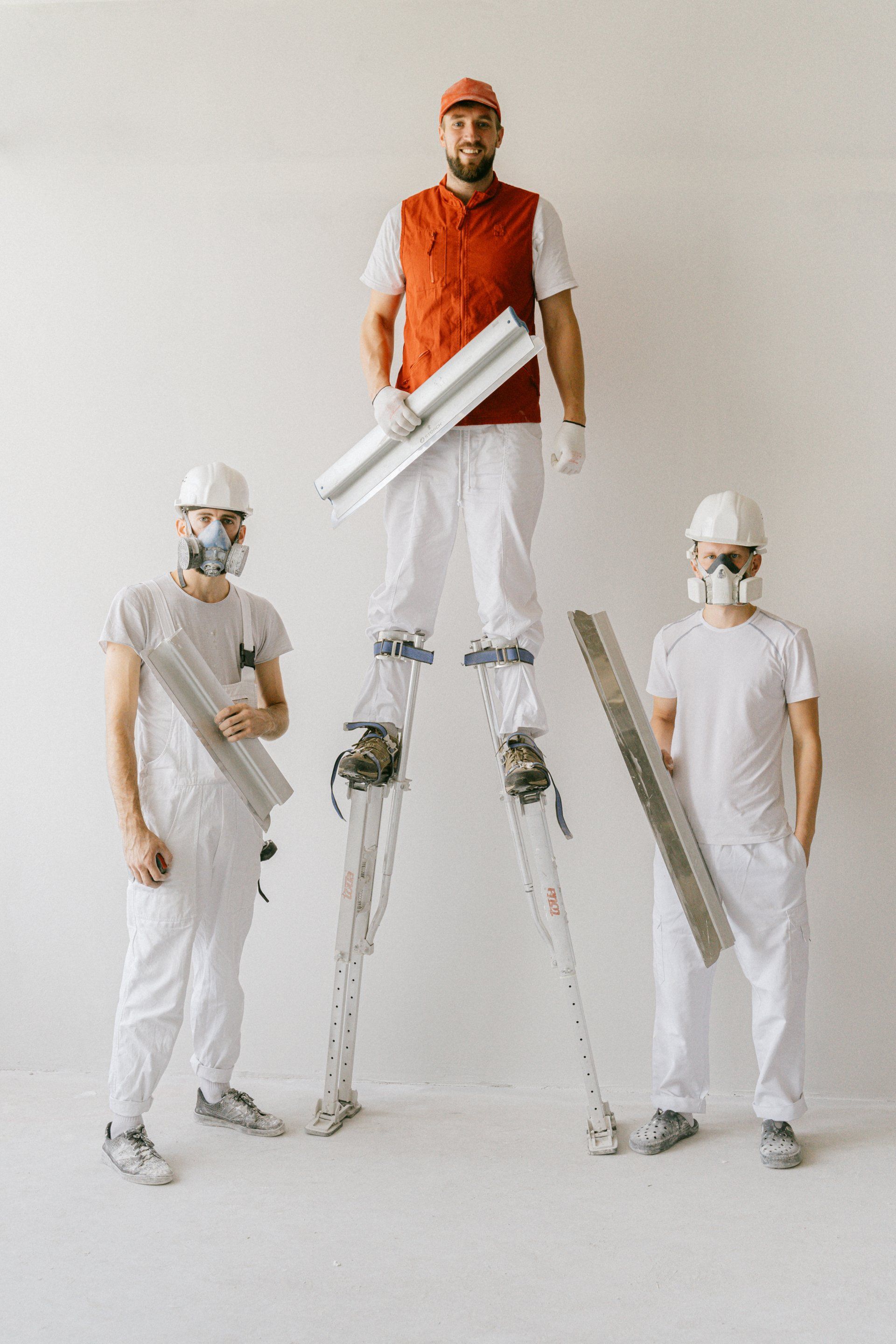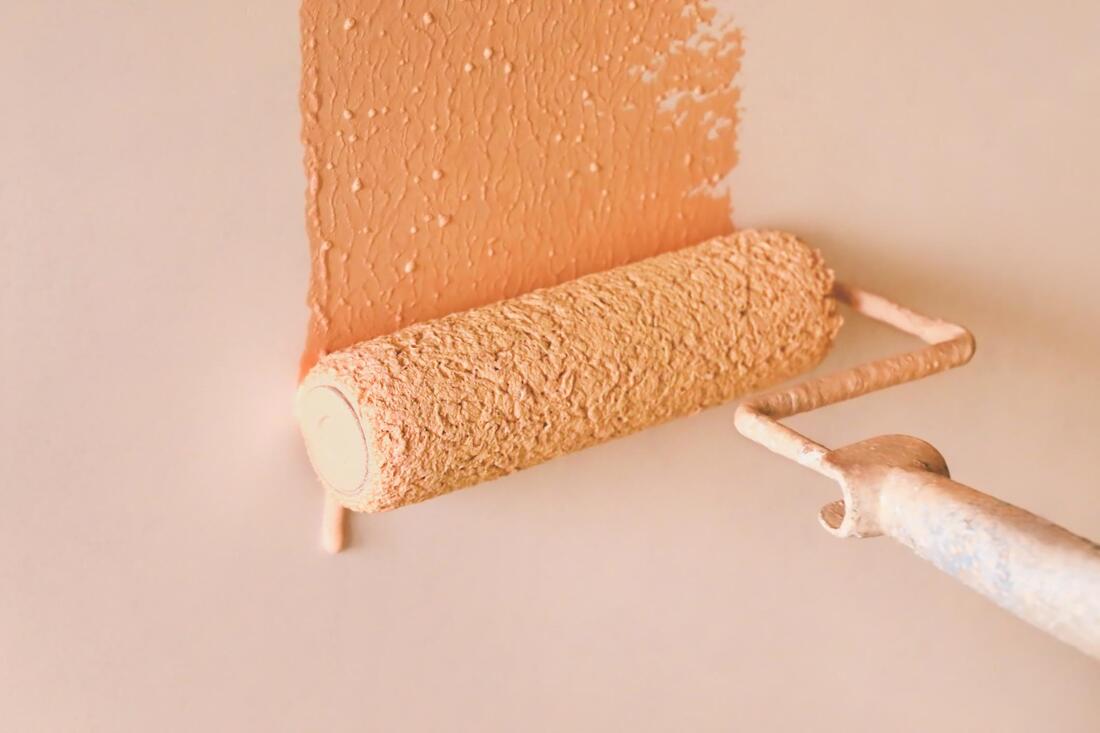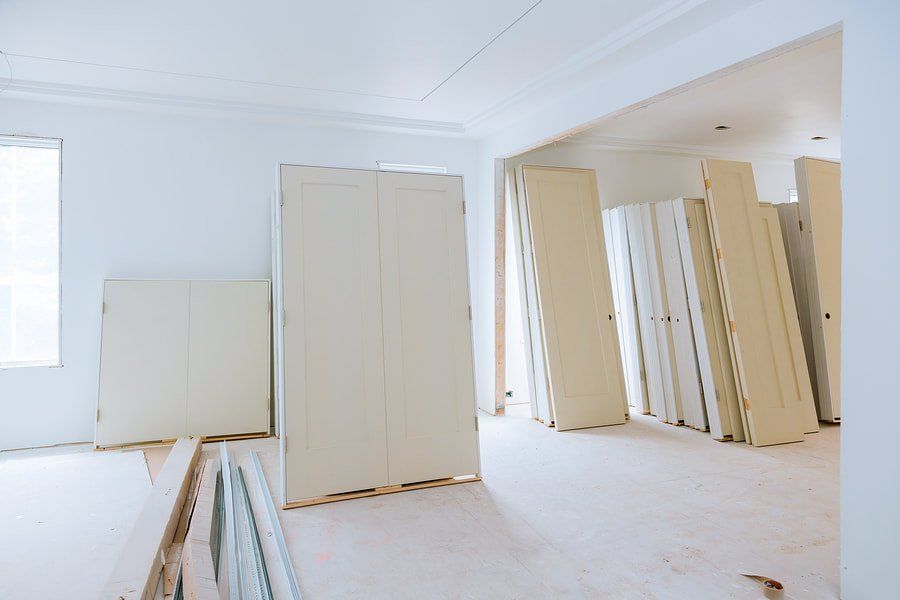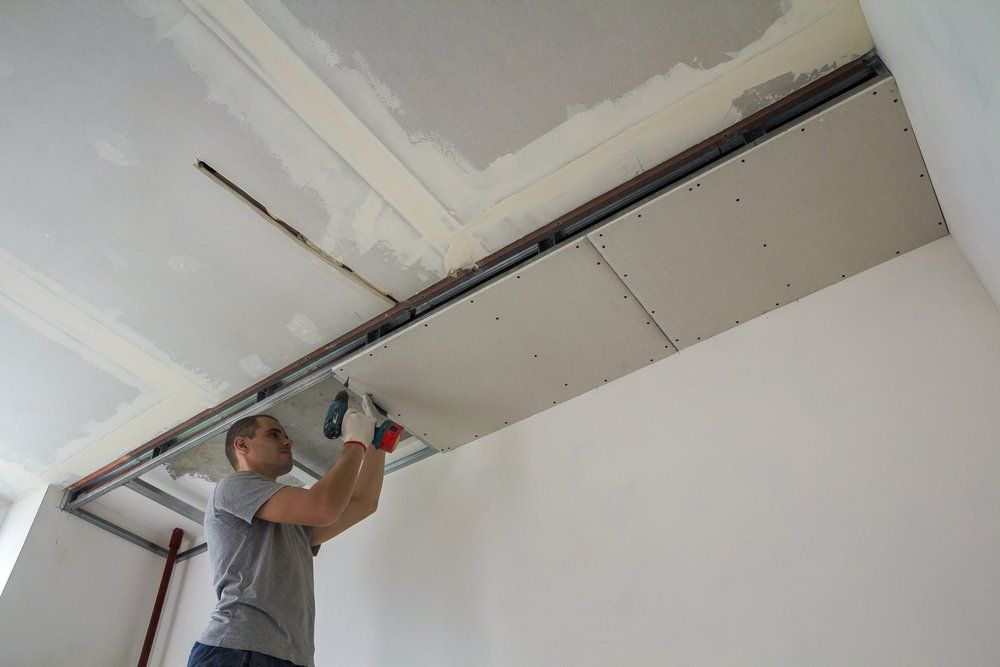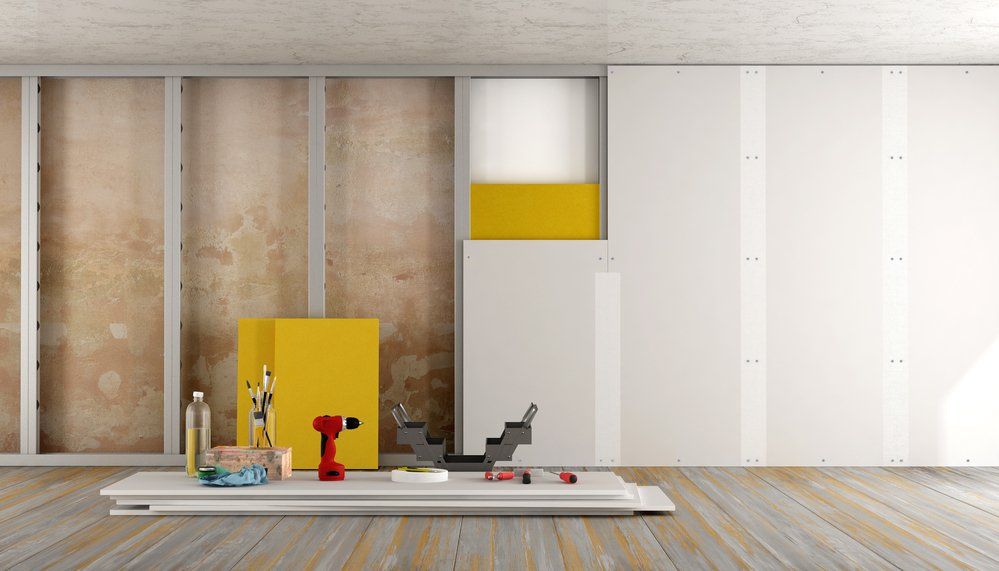Smart Drywall Ideas for Your Office
Smart Drywall Ideas for Your Office
Drywall (otherwise known as sheetrock, gypsum board, or plasterboard) is one of the most popular modern building materials today for many reasons. But we won't get into all that. Today, we want to discuss how to use drywall in your office.
As you have probably seen, drywall has become one of the best options for changing up an office. With the right drywall and painting service, your office space can fit more employees than you can imagine.
You can also achieve that stillness you need during work hours. How? Drywall blocks out the noise. It will also make your office look better, making your employees and visitors feel more comfortable. And that makes business better.
Drywall in Offices
One of the main reasons for putting up drywall in the office is that the boards can get shaped into any wall shape. And walls are more than just the sides of a room. The most practical way to use drywall in an office is to make partitions with them. And we will talk about that extensively in a minute. But know that you will likely need partitions to divide the space and make room for more of your employees.
You can also use these wall dividers to separate busy areas like the reception desk from the work areas. Drywall contractors in Orange County are skilled in installing drywalls as quickly as possible. This is so work activities are not affected and no time goes to waste. With a good drywall installation, your office can take the shape you want before long.
Since drywall is thin, the partitions won't take up too much space. They will only mark the edges of where people can work. And that's a good thing when your office is set up like a loft or when you hire more people.
Drywall Partitioning
Drywall partitioning is a cheap way for businesses to change the layout of their offices. Drywalling is a simple system that can change your workplace, whether you're making a smaller meeting room with better acoustics or separating larger spaces into different departments.
How Do Drywall Partitions Work?
As we said, drywall partition systems, also called wallboards, are an easy and inexpensive way to make new spaces in the office. Gypsum board is the most common type of drywall used in offices to make safe and secure walls.
Once this is in place, the boards are taped and joined so they can be painted or covered with wallpaper.
Learn more about drywall finish levels here.
With some drywall systems, you can add shelves and more storage space, pictures to inspire your employees, or whiteboards to write down important business ideas.
Hang Drywall on Your Office Ceiling
Did you know that drywall also looks good on the ceiling? You may need to speak to drywall contractors in Orange County for help with this. You may need to hire one, too, since it's hard to lift and fit ceiling boards.
Still, you can use drywall on the ceiling to hide lights, which might be a good idea for a waiting room. Since drywall is easy to paint, you can use modern commercial painting techniques to improve the look of the ceiling in your office space. One unique advantage of drywall is how flexible it is and how creative it lets you become. You can change the boring ceiling of your office by putting up drywall to make beams or make it look like a coffered ceiling.
Other Ways You Can Use Drywall in and for an Office
Drywall is a versatile material that can assist you when you are making a new office space or improving an old one,
Turn Rooms Into Offices With Drywall
The short version of the story we want to tell is that drywall makes it possible to turn rooms into offices. Let's say you want to set up an office in the basement. Or turn the shed into a place to work.
With your
Orange County drywall, you can use the same materials for the walls and the ceiling. Since you can use drywall for both, you will have done half the job with just a few moves. You will still need to put in lighting, trim, and floors. But drywall will help you cover up the building's main parts and divide rooms like the kitchen, bathroom, and offices.
If we're talking about remodeling your basement, you can put up drywall to separate your home office from the rest of the space so that your family can still do other things.
Use Drywall to Make More Storage Room
A skilled drywall contractor can help you devise many ways to decorate and improve your office. One of them is making more room to store things. Drywall can be a great option if you don't like closets and would rather have storage rooms or semi-open spaces. You can put up extra walls that aren't dividers but are instead main walls behind which you can hide cleaning tools, extra furniture, file cabinets, and other things.
Advantages of Using Drywall for Your Office
It Is Flexible.
With drywall in your space, you can make it look however you want. With a drywall partition, it's easy to make a curved wall or split a room into two smaller rooms. Unlike regular walls, drywall doesn't make it hard to change a room's appearance by moving the supporting members. Since the process is quick, drywalls are a quick and stylish way to add unique design elements or a small cubicle for yourself.
It Is Lightweight.
Drywall panels are very easy to carry. They are made so that you can put them up quickly and without the help of a mason. This helps lower the cost of the masonry and transportation needed to set it up. Drywall is a great addition to any modern space, whether it's a home or an office.
Hire Us for Your Drywall Office Partitions
Drywall systems are popular in workplaces due to their adaptability and low cost/high utility, but you can use them for various purposes. We can assist you in the redesign of your current office space or the transition to a new location.
Get in touch with us right away for help with your project.
